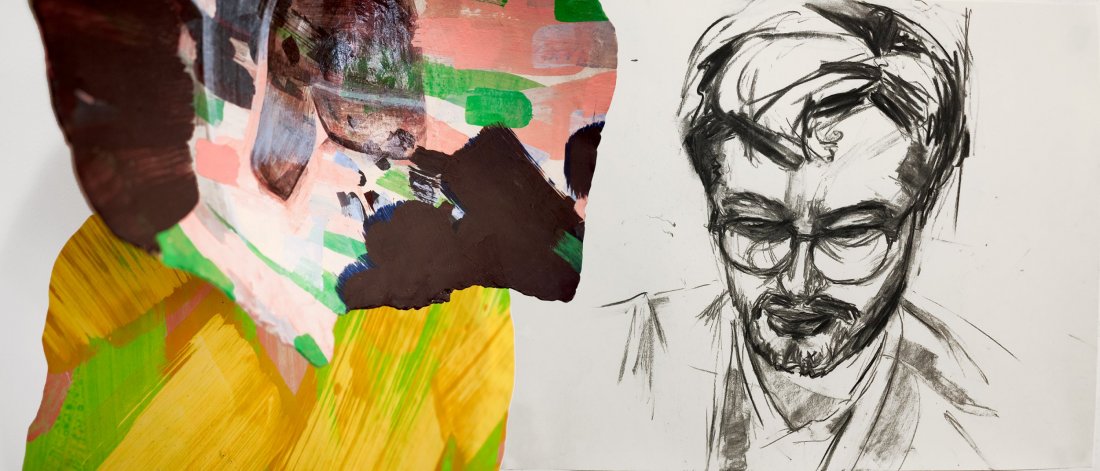Country:
Venue:
Categories:
Exhibition Type:
How many exhibition works:
- 10 - 19

In March of 2020, the Covid pandemic forced our gallery to close on the eve of Rachael Gorchov’s solo exhibition Concave. In the ensuing months, the gallery sat devoid of people yet full of beautiful artwork nobody was allowed to see, and Gorchov self-quarantined at home. Teaching virtually, conversing with friends over Zoom, eventually she was able to start making work again in this strange new environment. The gallery has decided that an exhibition locked away from the public is a deprivation to both artist and the art community at large. Therefore, we have decided to reformat and restart Rachael Gorchov’s exhibition in a new, correlative exhibit: Concavity. As the gallery slowly reopens, Concavity recombines elements of Gorchov’s previous show with work that has been made during, and in response to, the ongoing crises in the world today.
Previously, in Concave, Gorchov’s presentation was based around her series of three-dimensional objects that are both abstract and representational, existing somewhere between painting and sculpture. Vibrantly colored patterns adorn these irregular concave shapes, inside which the artist embeds additional visual elements. There is an autobiographical aspect to the images that Gorchov depicts, which are based on the artist’s notebook drawings. Some are architectural details made during a 2017 trip to Vienna, visiting the sites where over 30 synagogues used to stand before their destruction in the Nazi era. Some are art-historical details of artifacts made during an academic trip to the sites and museums of Egypt. Some drawings record the artworks her own art students make. Others are depictions of the hospital Gorchov explored while her late stepfather battled cancer.
This notion of the very personal combined with an artist’s aesthetic experimentation within structures is furthered in the exhibition’s reincarnation. Here, new aspects and approaches compliment the earlier works, building up and unfolding a sense of before and now, and cataloging in real time an artist’s responses. Two differences are clear in the new work. Gorchov’s painted forms are now flattened, collaged structures, reflecting the limited immediacy of the recent period. They still exude brilliant colors and patterns, in much the same way as the paper paintings that are the basis of the vinyl sticker “shadows” of the concave works. These forms, however, manifest their frontality. They can also be seen as physical bridges and compliments to Gorchov’s new drawings, which represent a rare glimpse into another aspect of her work: portraiture. These charcoal drawings are based on screen-captures of numerous recent internet video meetings and conversations with other artists, family and friends. The portraits are intimate and unguarded; they are not poses, but brief moments of conversation and connection. They speak to the natural desire to break out of isolation, to remain connected and inspired.
This sense of raw, emotional comfort compliments the earlier concave works, which allow visitors to become embraced by the form. From afar, they are colorful enigmas. As one approaches them, and is enveloped by them, they are in some ways protected by them. As Rachael Gorchov continued to make the new works in her home studio, many cities in America suddenly burst open with the urgent protests promoting the racial justice movement, something both this artist and gallery strongly believe in. In this evolving context, the portraits can also be seen as testament to the variety and diversity of our modern world, and the interconnectivity of all colors and genders and orientations. What had started as an artistic struggle to maintain hope in a time of isolation can also stand as a contribution to strengthening our collective equanimity.
Curator :
Artist:
59 Wooster Street, 2nd fl.
New York, NY 10012
- 1382 reads

